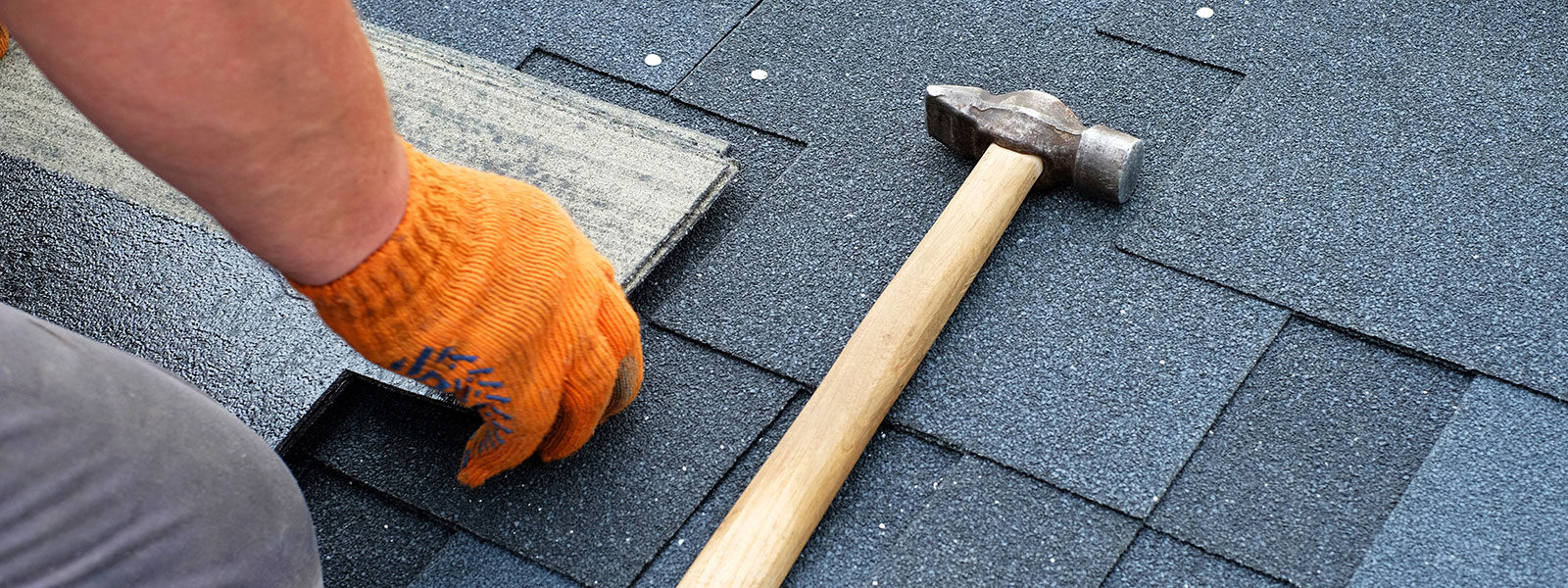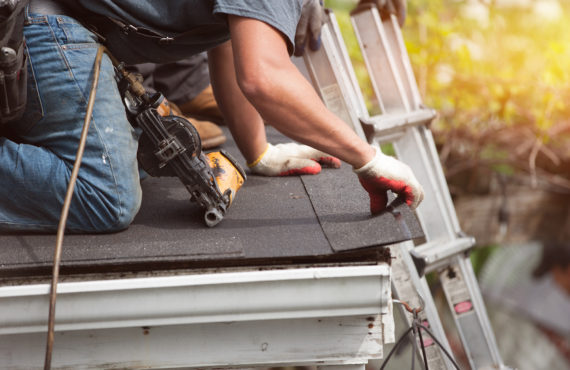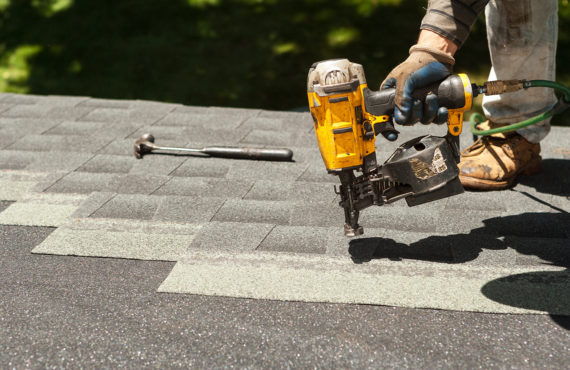
Roof Inspections
Homeowners may want to get a roof inspection for a variety of reasons. When you’re purchasing a property, you want to know the condition of each of the major systems in the home. Will you have to replace the roof soon? How old is it?
But there may be other times you need to have your roof inspected as well. If you’re not able or willing to get up on your roof to check it out, you should have someone else take a look from time to time. Some roofing problems are very minor if you catch them early on. For instance, after a major storm it’s not uncommon to lose a few shingles here and there. If you discover the problem in a timely manner, you can simply replace those missing shingles and avoid the larger problems that occur when they are left missing for a long period of time.
What’s involved in a roof inspection? The following are the key elements:
Exterior Roof Structure
The inspector will also inspect the overall exterior roof structure. Several indicators will help the inspector to detect structural problems, including the following:
- Sagging
- Staining
- Damage to the Flashing
- Rot
- Gutter Clog
- Problems with the Soffit or Fascia
Ceiling Under the Attic
Once the inspector is done examining the roof from the top, it’s time to look at the view from beneath. Underneath the roof, the inspector will look for any signs that leaks have made their way into the attic. Cracks, stains, and dampness to the wood or insulation are all indicators that the roof is leaking and in need of repair or replacement.
If you’re in need of a roof inspection–either for the sale or purchase of a home or to learn about the status of your roof–contact us at Z. Abedin Construction. We’ve been caring for roofs in the New York area for years, and we’ll be happy to help you with yours.
Status of the Roofing Material
When checking the status of your roofing material, the inspector will look at its general condition and determine if it’s experiencing normal wear and tear. The inspector will also look for missing shingles, missing granules, or missing hardware. Shingles that are loose, curling, contracting, or damaged in other ways can be indicators of a larger problem, such as moisture beneath the shingles.

